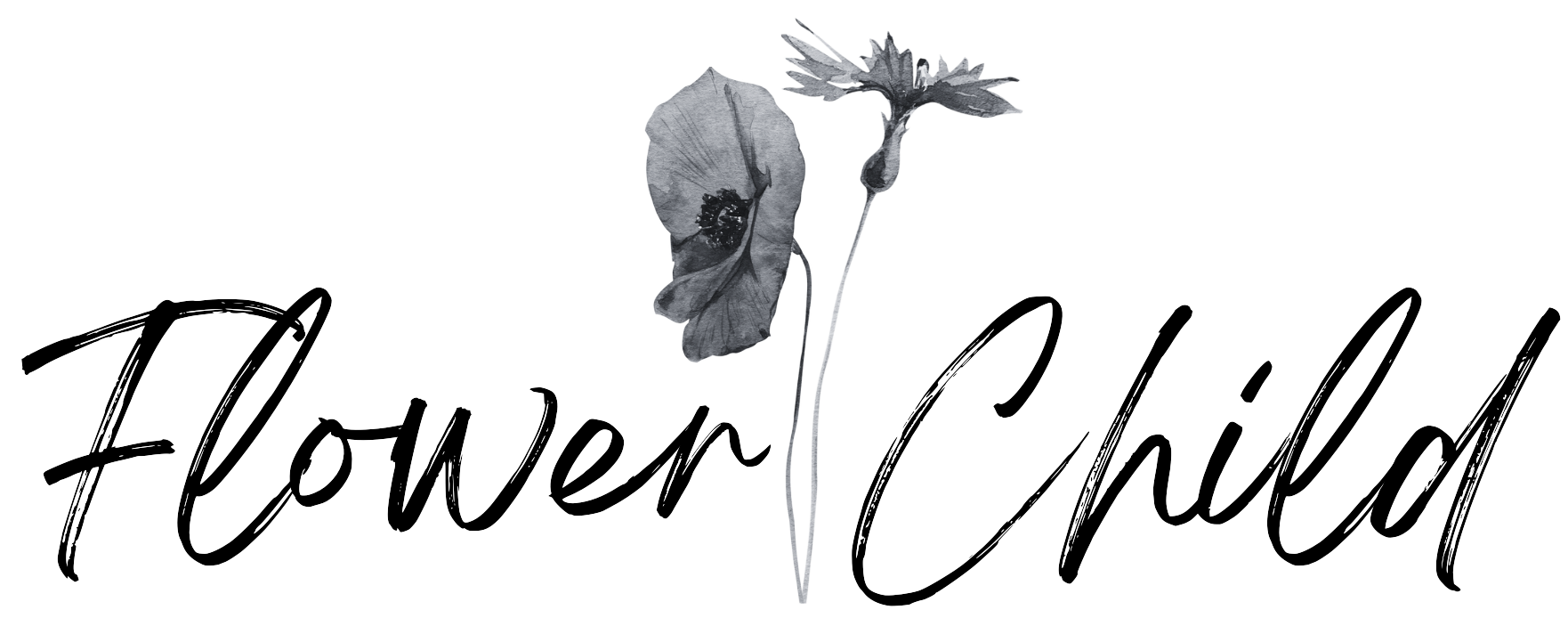Saving and Storing Seeds
Did you know you can easily harvest seeds from your own garden which can be propagated giving you a never-ending supply of plants?

Now I am not a horticulturist by any means, but I do have a lot of experience and success in harvesting and propagating my own seed. So, this is my take on the process and some tips on what works for me.
Let’s get into it.
First things first you need to know what type of seed it is you are harvesting. Seeds come in a variety of forms all of which have different harvesting and storage requirements. The most common forms of seed include; Berries (e.g. holly), Capsules (e.g. poppy), Catkins (e.g. birch), Cones (e.g. pine), Exploding seedheads (e.g. Euphorbia lathyris), Nuts (e.g. hazel), Pods (e.g. sweet peas), Winged seed (e.g. Acer, sycamore).

So, depending on what plant you wish to grow you will need to be aware of the best way in which to carry out the task of harvesting and storage. The most common form of seed I will collect are capsules and pods. For me, I find these the easiest and most successful.
So, you’ve decided what seed you want to collect, now when is the best time to collect it?
You will want to collect only when the seed is ripe. A general rule of thumb is that if the seed pod rattles, it's time to harvest. As seeds become ripe they will harden and detach from the pod interior. This will allow them to shake around inside and fall to the garden floor when the seed pod opens.

Another thing I like to do is to harvest on a dry day. This allows me to reduce the amount of moisture during storage and prevent mould and bacteria from forming during storage. However, living in Ireland this is not always possible so if I have to harvest during a wet day what I will do is take the seed inside and disperse them across a layer of kitchen paper for a day or two to make sure they are completely dry before packaging them up for storage.
I have tried various ways of packaging my harvested seed, from tictac containers to zip lock bags. The most effective storage solution I have found is a brown paper envelope. This excludes light and allows the seed to breathe therefore if there is any remaining moisture within the seeds before packaging it will be absorbed by the paper and reduce the risk of the seed rotting.

Sometimes a seed will require a level of moisture for storage. For example, walnuts and magnolia seeds are best stored in a small amount of moist sand or coir. For these seeds, I like to use reusable zip lock bags. I will also check these seed packets on a monthly basis to ensure there is no bacteria growth or any nasties going on in there.
I will say that sometimes you can do everything right, from harvesting to storage, and it may not be a roaring success, but don’t let this dishearten you. Whether it is the germination rate, things going wrong in storage, or my personal favourite… not knowing what seed it is because you forgot to label it!
For labels, I simply write the name of the seed on the envelope along with when and where I have collected it from. For plastic-wrapped seeds, I do the exact same only using a permanent marker. Then after I am finished using the bag I will clean off the marker using a small amount of non-acetone nail polish remover and a cotton pad.

If I do come across a packet of seeds that I have failed to label I will do one of two things. I will either try to guess what seed it is and remember where it may have come from… when I will then mark it with the details I assume and a very large question mark to remind myself I may be wrong in the labelling.
If I have absolutely no clue as to what the seed might be I will take the second option where I will place the seed in my mystery pile. This is a collection of unmarked seeds that I will propagate on occasion for a nice little surprise of blooms. It is my way of avoiding throwing the seed away plus it adds a little bit of excitement to the seed trays. Kind of like my own grown-up version of a lucky bag!

Saving seeds from your own garden is one of the easiest ways to save money and multiply the stock of plants within your space.
Not only is it fun to do but it provides a new level of satisfaction to growing from seed. It is just like baking your own cake than buying one from a shop. The extra bit of care and time that goes into the process is what makes it that bit more meaningful. Whether you do it for yourself or to share seeds with friends, harvesting seed is an extremely enjoyable process.









